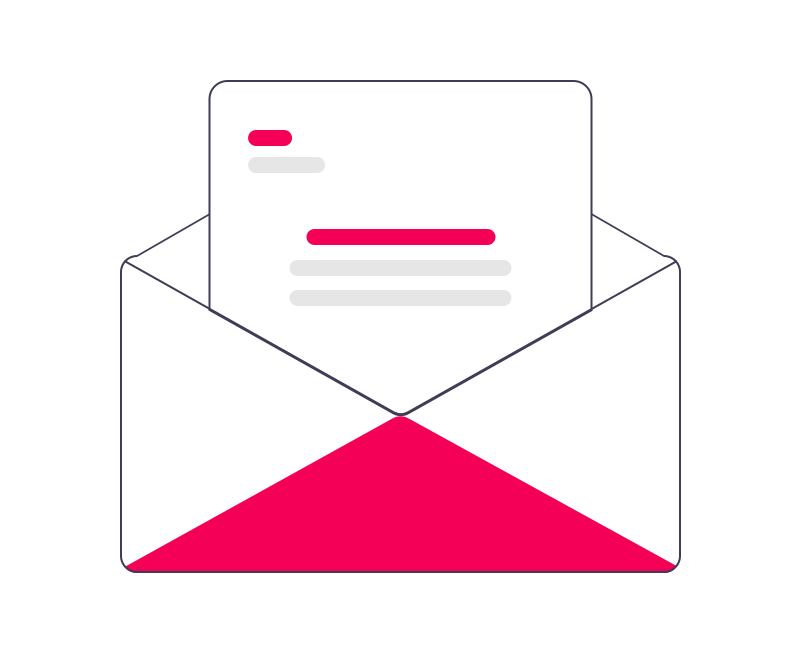The AIDA Formula: Structure Your Content to Sell
Great copy follows a psychological journey that guides readers from initial curiosity to final action. The AIDA formula provides a time-tested framework for creating this journey systematically.
In this guide, you'll learn how to apply each stage of AIDA to create copy that not only engages readers but compels them to take action.
What is the AIDA Formula?
AIDA stands for:
- Attract - Capture attention
- Interest - Build engagement
- Desire - Create wanting
- Action - Drive conversion
This century-old framework remains relevant because it aligns with how people naturally make decisions.
Stage 1: ATTRACT - Capture Immediate Attention
Crafting Compelling Headlines
Your headline determines whether anyone reads the rest of your content.
Effective Headline Formulas:
- Problem-Solution: "Tired of [problem]? Here's how to [solution]"
- How-To: "How to [achievable goal] in [timeframe]"
- Question-Based: "Are you making these [number] [industry] mistakes?"
- Secret-Revealing: "The secret most [industry] experts won't tell you"
First Paragraph Principles
Your opening should:
- Continue the headline's promise
- Establish immediate relevance
- Create curiosity or intrigue
- Use conversational language
Stage 2: INTEREST - Build Engagement and Relevance
Connecting with Reader Problems
Show you understand their situation by:
- Describing their frustrations vividly
- Using "you" and "your" frequently
- Asking relatable questions
- Sharing relevant stories or examples
Providing Value Early
Give readers a reason to continue by:
- Offering useful insights immediately
- Sharing surprising statistics or facts
- Providing quick tips they can use now
- Demonstrating your expertise naturally
Need help understanding your audience? Master market research techniques to discover what truly interests your readers.
Stage 3: DESIRE - Create Strong Wanting
Transforming Problems into Desires
Shift focus from what readers want to avoid to what they want to achieve:
Instead of: "Stop wasting money on ineffective ads"
Use: "Start attracting high-quality leads that actually convert"
Building Desire Through Benefits
Focus on emotional outcomes, not just features:
Feature: "24/7 customer support"
Benefit: "Get help whenever you need it, so you never feel stuck or frustrated"
Social Proof and Credibility
Strengthen desire by showing others have benefited:
- Include testimonials and case studies
- Share user numbers or results statistics
- Mention reputable clients or partners
- Display trust badges or certifications
Stage 4: ACTION - Drive Conversion
Crafting Effective Calls-to-Action (CTAs)
Your CTA should be:
- Clear and specific: "Download your free guide" not "Click here"
- Action-oriented: Use strong verbs like "Get," "Start," "Join"
- Visually prominent: Use contrasting colors and ample space
- Benefit-focused: Remind readers what they gain
Creating Urgency with FOMO
Fear Of Missing Out can significantly increase conversions:
Effective Urgency Triggers:
- Limited-time offers or discounts
- Countdown timers for special promotions
- Limited quantity announcements
- Exclusive access for early adopters
Reducing Friction and Anxiety
Make action easy and risk-free:
- Offer money-back guarantees
- Simplify forms and processes
- Address common objections proactively
- Provide multiple payment options
Applying AIDA Across Different Formats
Email Marketing
- Subject line: Attract
- Opening paragraph: Interest
- Body content: Desire
- Closing and button: Action
Sales Pages
- Headline and hero section: Attract
- Problem aggravation: Interest
- Solution presentation: Desire
- Offer and CTA: Action
Social Media Posts
- First line/image: Attract
- Content snippet: Interest
- Value proposition: Desire
- Link and instruction: Action
Common AIDA Mistakes to Avoid
- Revealing everything too early (no curiosity build-up)
- Skipping directly from attraction to action (no desire building)
- Multiple CTAs that confuse readers
- Weak transitions between stages
- Focusing on features instead of benefits
Testing and Optimizing Your AIDA Structure
What to Test:
- Different headline approaches
- Various desire-building techniques
- CTA placement and wording
- Urgency triggers and social proof
Key Metrics to Monitor:
- Click-through rates (Attract)
- Time on page (Interest)
- Scroll depth (Desire)
- Conversion rates (Action)
Conclusion: The Psychological Journey to Conversion
The AIDA formula works because it mirrors how people naturally process information and make decisions. By guiding readers through this structured journey, you make it easier for them to say "yes" to your offer.
Remember: The most effective copy doesn't feel like a sales pitch—it feels like a helpful conversation that naturally leads to a logical conclusion. Master AIDA, and you'll master the art of persuasive structure.
Ready for Social Media?
Learn how to apply these principles to high-converting Facebook ads and other social platforms.










.png)









0 Comments